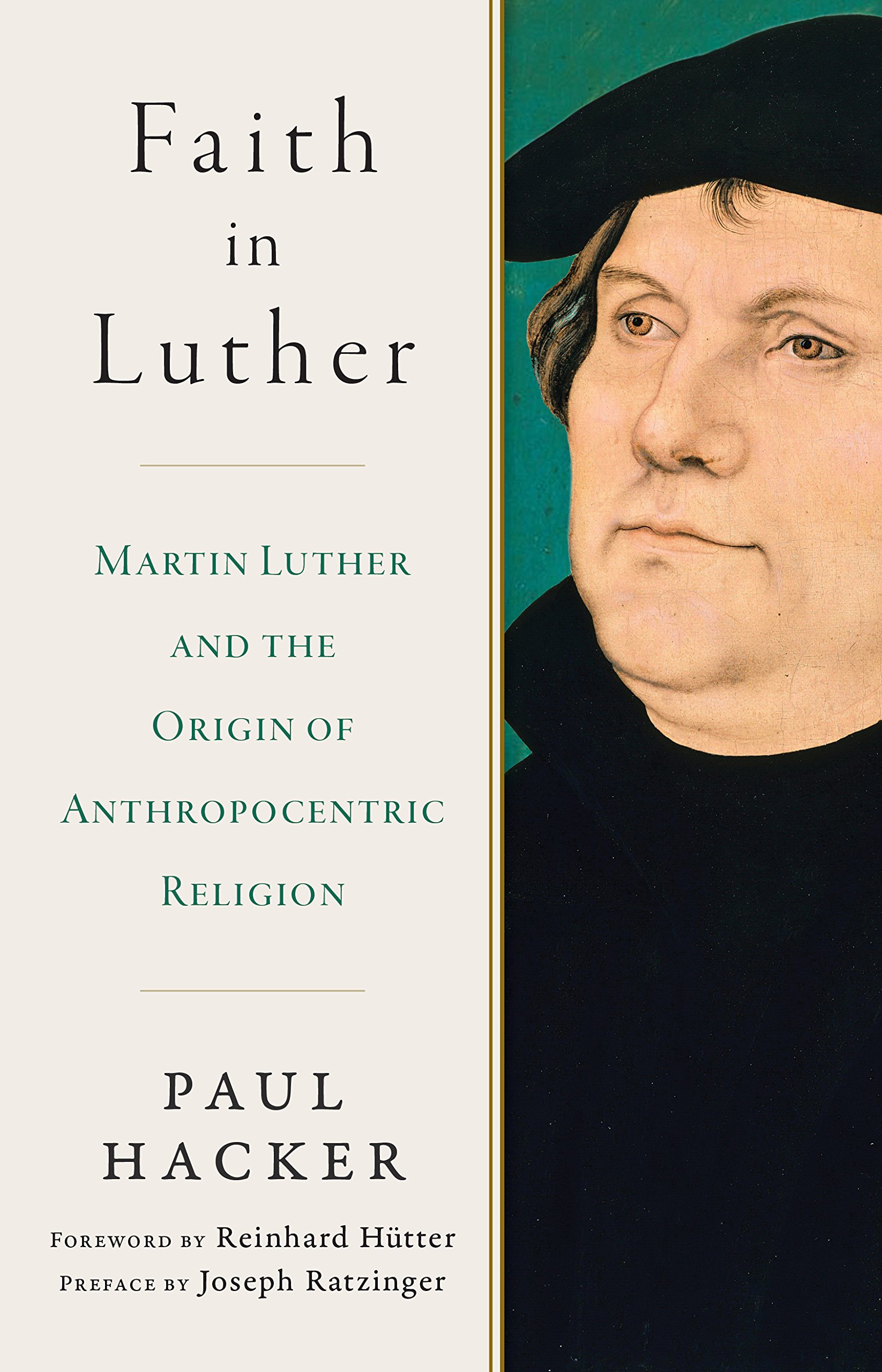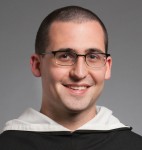Ex Opere Operato “Ex opere operato is a Latin expression meaning “by the work worked.” It refers to the fact that the sacraments confer grace when the sign is validly effected — not as the result of activity on the part of the recipient but by the power and promise of God. Neither is the sacrament ineffective by the minister being in mortal sin. The minister, if in mortal sin, should not, however, be administering sacraments in the first place.
Now, to receive the fruits of the sacraments, you should be properly disposed. At least in adults, there must be a predispositional receptivity to receive the grace that is always available in a validly effected sacrament. This means reception of grace via the sacraments is not automatic. But the ex opere operato nature of the sacraments reminds us that, while a proper disposition is necessary to receive grace in the sacraments, it isn’t the cause of that grace.” (Neither is the faith of the individual the cause of the grace. It is the power of Christ and His work of Salvation that does. Nor the lack of faith, to what ever degree, a cause of one’s damnation, as Luther states, and as he argued to Cardinal Cajetan. Then wouldn’t we ALL be damned? How much faith is enough faith? Faith is the prerequisite of salvation, not its immediate and effectual cause.)
“Luther’s new doctrine, however, singles out one of the contents of the Gospel, namely the consoling promise of remission of sin, and he restricts the meaning of the word “gospel” to this promise.15 Modern existentialist Protestantism has formalized this doctrine, developing it into a peculiar kind of futurism.
Thus, for Luther the Gospel is the Word of Promise, especially the promise of remission of sin. This interpretation is immediately linked to an instruction for spiritual practice.
Faith, according to Luther, is acceptance of the Word of Promise,16 and this acceptance is the application of the promise to the believer’s self. Thus Luther’s term “Word of Promise” by implication connotes the reflexivity of faith. The term construes the Gospel as already including the reference to each hearer’s self so that the hearer does not believe the Gospel if he does not “assert with certitude” that he is saved. In this way Luther tries to give an objective foundation to the subjectivism of his doctrine of faith. …Luther’s doctrine binds the believer strictly to rely on the Word, while practicing “apprehensive faith.” (Faith, which in and of itself, is the cause of one’s salvation.) 17 The believer can appeal to the Gospel to vindicate his assertion. The reference to Scripture as an objective authority disposes of the objection that the assertion of one’s own forgiveness might be a delusion. Words of Scripture that are apt to support the objection are neutralized by the mental act which opposes the Gospel to (Church) Law (the entirety of the authority of the Church) and apprehends the Gospel as the object of faith proper. (Catholics believe the Church is an indispensable means to Salvation. The Church, meaning the Catholic Church, is the continuing presence of Jesus Christ in the world, as founded by Him. It is the Body of Christ. Catholics take this quite literally. 1 Cor 12:4-30. Therefore the Church is Holy, and not dispensable, but necessary. The Church does not exist to reflect the views of its members, but rather the views and teachings of its head and founder, Jesus Christ. Extra ecclesiam nulla salus.
The grace necessary for salvation continues to come from Christ, through his Church. “Hence they could not be saved who, knowing that the Catholic Church was founded as necessary by God through Christ, would refuse either to enter it or to remain in it.” (CCC 846))
2. LUTHER’S ARGUMENTS FROM SCRIPTURE
The Acta Augustana, which Luther composed after his encounter with Cardinal Cajetan, include the most elaborate attempt that Luther made to demonstrate the conformity of his new conception of faith with Scripture. Luther begins18 with pointing to Romans 1:17: “The righteous shall live by faith” and to Romans 4:3: “Abraham believed God, and it was reckoned to him as righteousness.” These passages merely state that faith is the origin of justification, and Luther does not try to make them say more than this. He then quotes Hebrews 11:6: “Whoever would draw near to God must believe that he exists and that he is a rewarder of those who seek him.” In commenting on this verse, Luther does not go beyond stressing that the believer must have faith in God’s bestowing grace in general, even in this life,19 with the believer’s case included but not singled out.
Then Luther proceeds to demonstrate the gist of his thesis: “He who desires to receive the sacrament (of penance) must of necessity believe that he will obtain grace.”20 In other words, grace is given if the receiver of the sacrament believes that it is given, and the gift is given through this very belief. Luther argues that this results from Matthew 16:19, from the sentence: “Whatever you loose on earth shall be loosed in heaven.” He comments: “If, then, you go to the sacrament of penance without firmly believing that you are to be absolved in heaven, you are going to judgment and damnation, because you do not believe that Christ spoke the truth in saying, ‘Whatever you loose,’ etc., and thus you make Christ a liar by your doubt, which is a horrible sin.”21
This explanation is an instructive example of application of Luther’s hermeneutic principle. The Scripture passage is adjusted so as to bring out what Luther calls the word of promise. The passage speaks only of him who “looses” (Luther understands this to refer to sacramental remission of sins) and of the effects produced by this act in heaven, not of the person to whom the act relates. Luther, however, speaks of this person only. That the text presupposes faith, goes without saying; for in the Church all scriptural words require faith, but faith of a different kind from the one taught by Luther. But there is no hint in the text that this presupposed faith is the instrument of efficacy of the “loosing” (whether this word refers to remission of sins, as Luther would have it, or have a more comprehensive meaning, which is more probable). Rather, it is the apostle who is the efficient cause of the loosing, for on him Christ confers the power of “binding and loosing” in the passage quoted. In Luther’s interpretation, on the contrary, the function of the priest, who in the post-apostolic time takes the place of the apostle, dwindles to insignificance. Instead, the penitent’s conviction of receiving the grace of remission now becomes the proximate instrument of the reception of grace. The text says that the apostle’s loosing (in later times represented by the priest’s absolution) is, as such, efficacious in heaven. In other words, God ratifies, or is operative through, the agency of his minister. Luther simply ignores this content of the text and instead infers from it an idea which it does not convey or indicate, namely the dependence of the reception of grace on the belief in receiving it.
Luther then adduces further texts from the Synoptic Gospels, from St. John’s Gospel, and from the Epistle of St. James. In addition, he briefly hints at a few other passages. The texts from the Synoptics he apparently regarded as especially strong supports of his position. In discussing them he uses the terms fides specialis22 and fides particularis,23 which signify faith relating to a single case or to a present effect.24 These terms supply another characteristic of Luther’s new conception of faith. When this faith “seizes” salvation or grace (fides apprehensiva) by “asserting with certitude” (certo statuere) the believer’s forgiveness or state of grace or salvation in a reflex movement of the mind (fides reflexa), it is referring to a special, single situation (fides specialis, fides particularis). Theological existentialism, which rules out all religious realities except momentary events in which an individual’s “existence” is involved or engaged, is thus virtually preformed in Luther’s conception of faith, which wants to seize salvation by asserting it with reference to an individual person and to a particular situation.
(The author then goes into a litany of New Testament scriptural citations which Luther employs to support his ideas of fides specialis and fides particularis. These citations expressly depict grants of petitions.)
Luther argues that the same kind of faith which is meant in the texts quoted is required for effective reception of the Sacrament of Penance, namely faith regarding a present effect, which in the case of the sacrament is remission of sins. He contends that in addition to this faith no preparation or disposition must be required of the penitent,25 and that this kind of faith alone works grace. He who is without such faith will forfeit grace.
At first sight this argumentation looks overwhelming. Yet there is one objection at least which may presently emerge. The effect of the Sacrament of Penance is remission of sin; but none of the texts cited speaks of remission of sin. Is it admissible, is it in accordance with Scripture, to treat remission of sin in complete analogy to the granting of petitions to which those texts refer? To find an answer to this query, it is helpful to consider passages that do treat of remission of sin. The result is plain: Nowhere in Holy Scripture, neither in the Synoptics, nor in other writings of the New Testament, nor in the Old Testament, can any instance be found of a person obtaining remission of sin because of his firm belief in the sin being forgiven.”
-Hacker, Paul. Faith in Luther: Martin Luther and the Origin of Anthropocentric Religion (p. 63-67). Emmaus Academic. Kindle Edition.
Love & truth,
Matthew
15 For example, 40II, 51, 1.15; 52, 4.22. Cf. Althaus, Die Theologie Martin Luthers, 18, pp. 680–693.
16 8, 323, 18; 39II, 264, 13; 40I, 426, 2.
17. Althaus, op.cit., 48 and 223. 17 10III, 423, 17; 40III, 50, 3. Althaus, op.cit., 48f., footnotes 3 and 4.
18 2, 13, 12–16, 3.
19 2, 13, 29.
20 2, 13, 23.
21 2, 13, 33.
22 2, 14, 16.
23 2, 15, 2.
24 2, 14, 2.23.
25 2, 14, 5.














